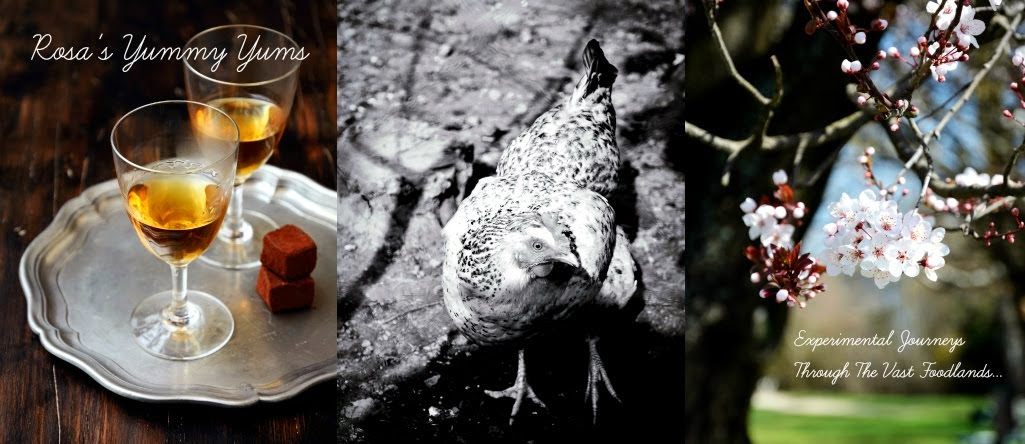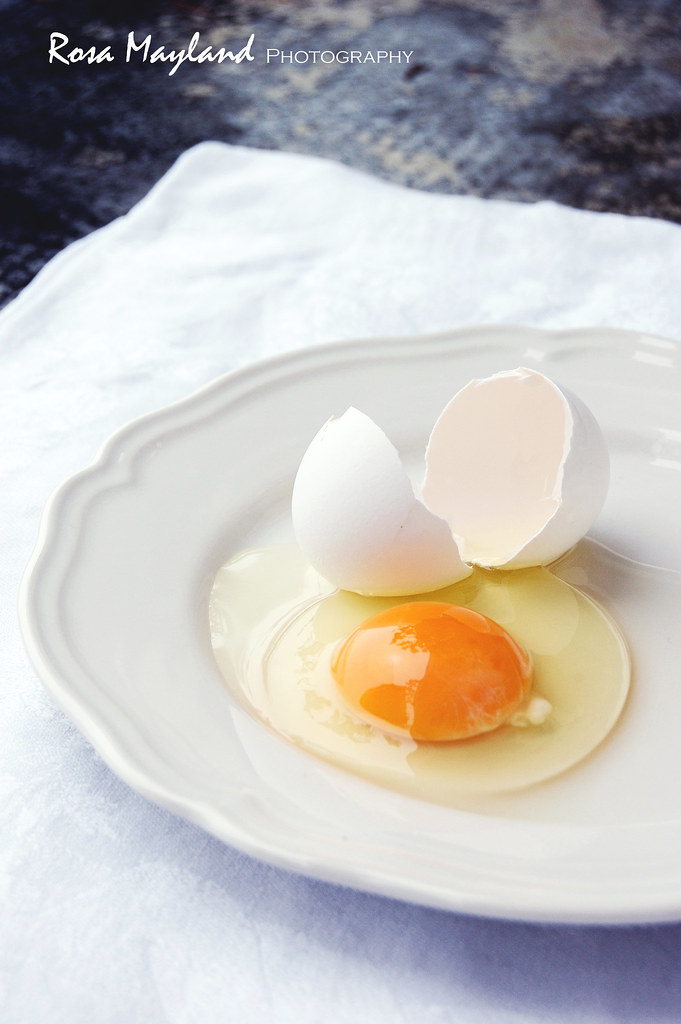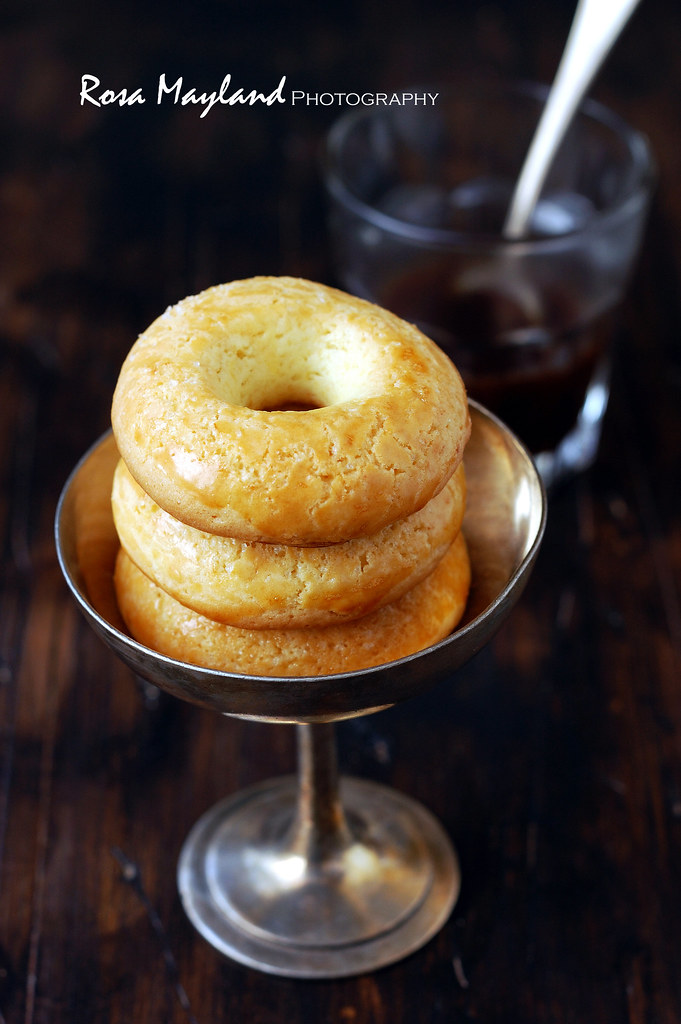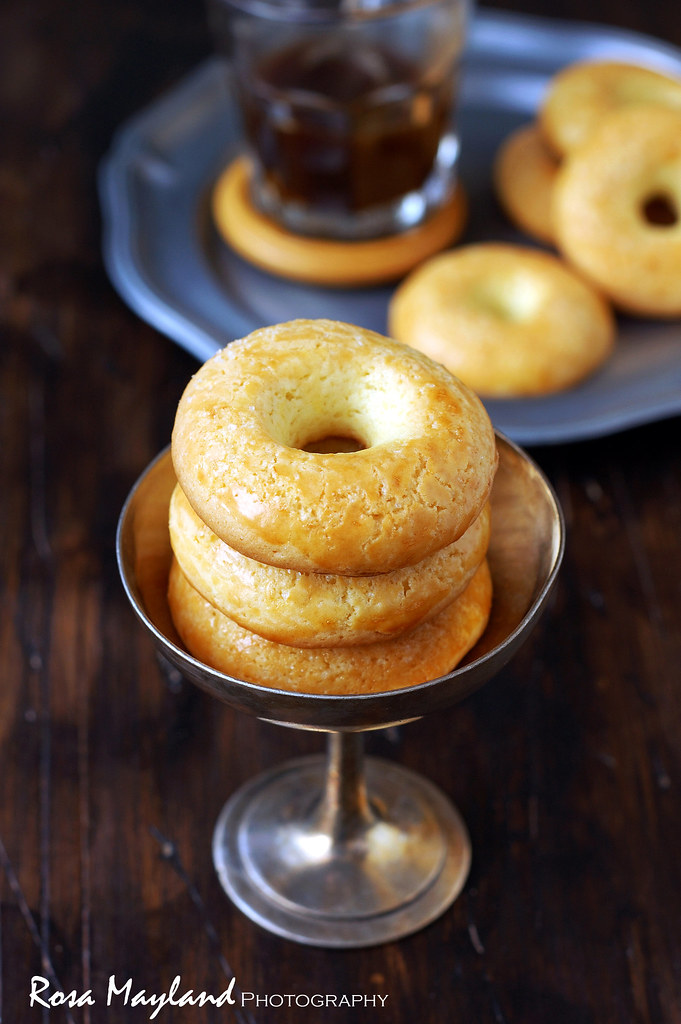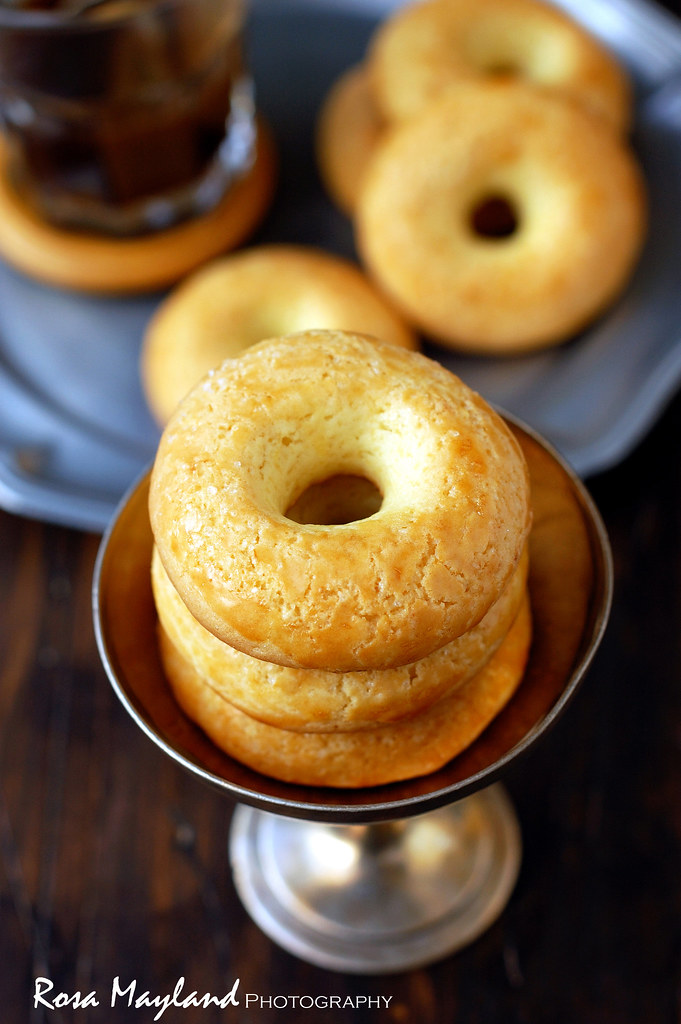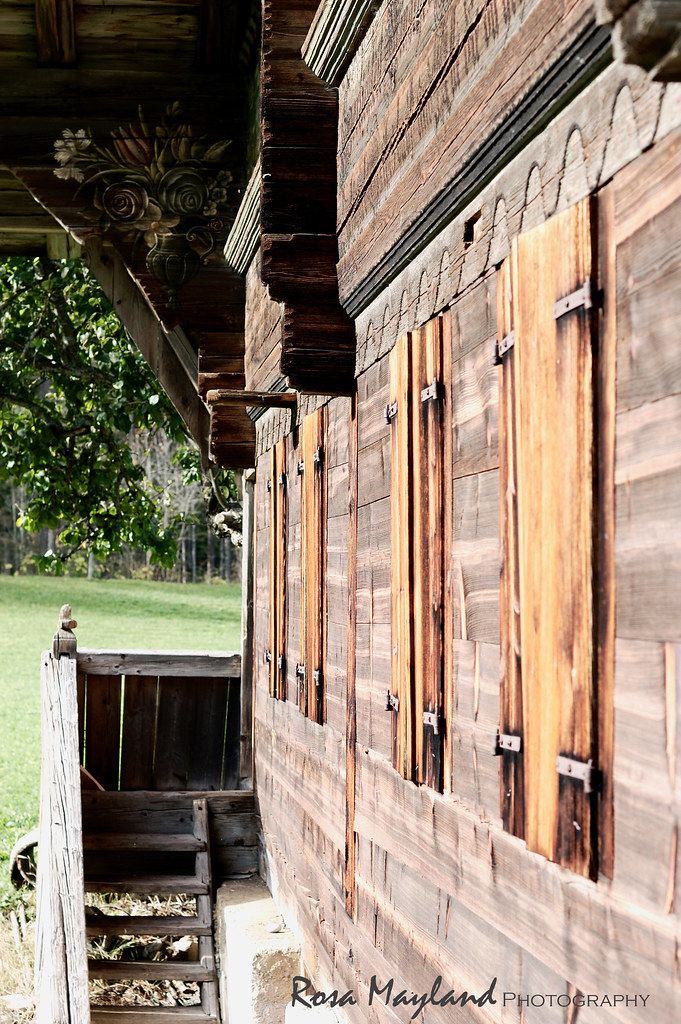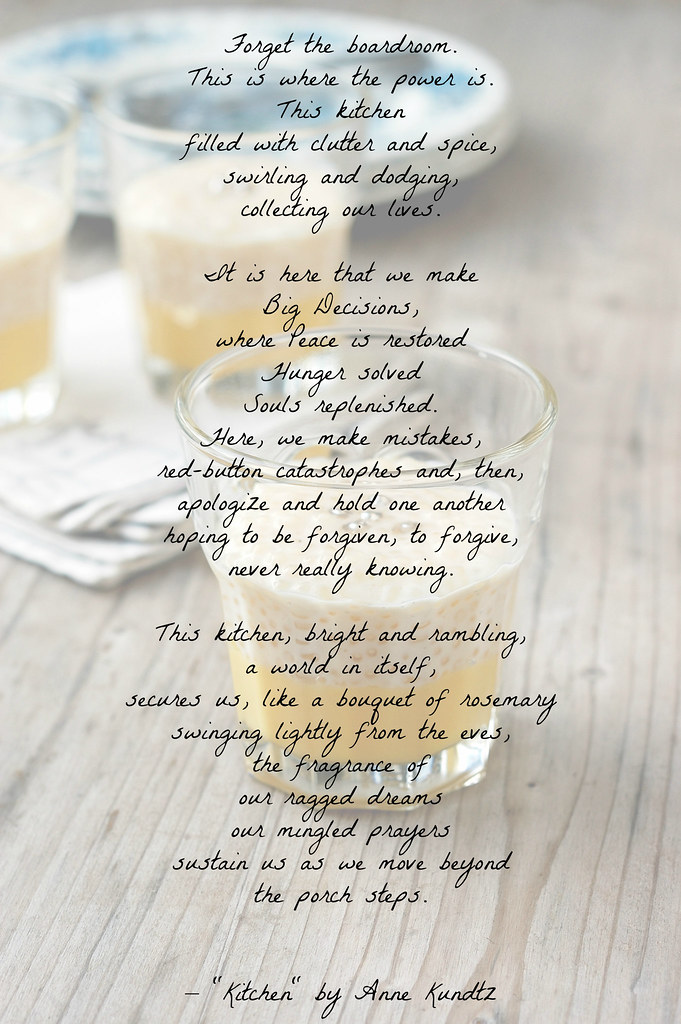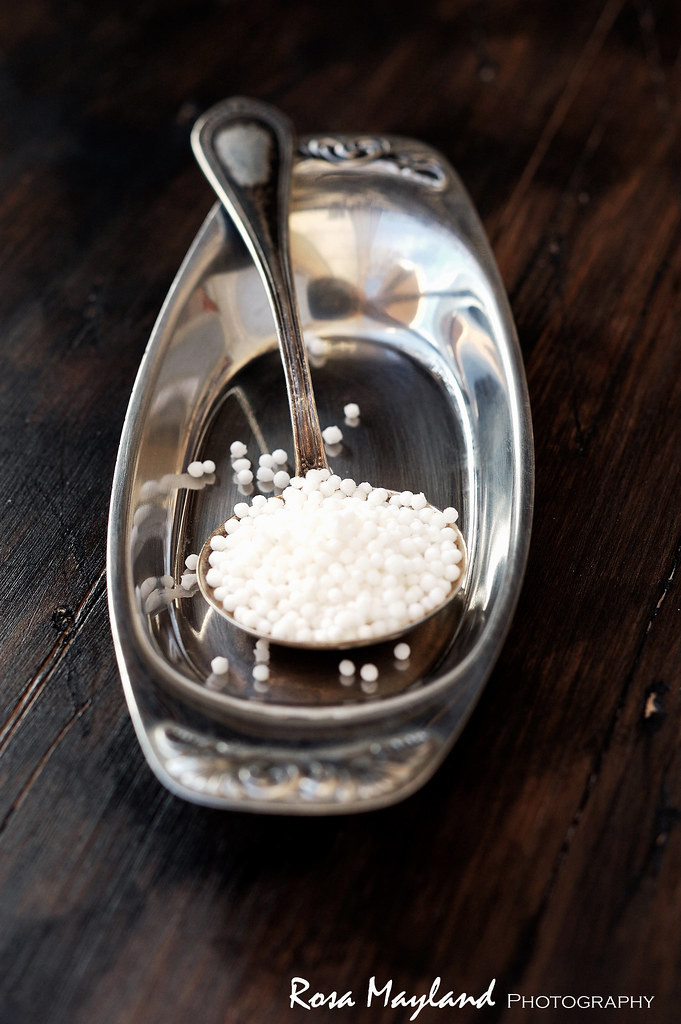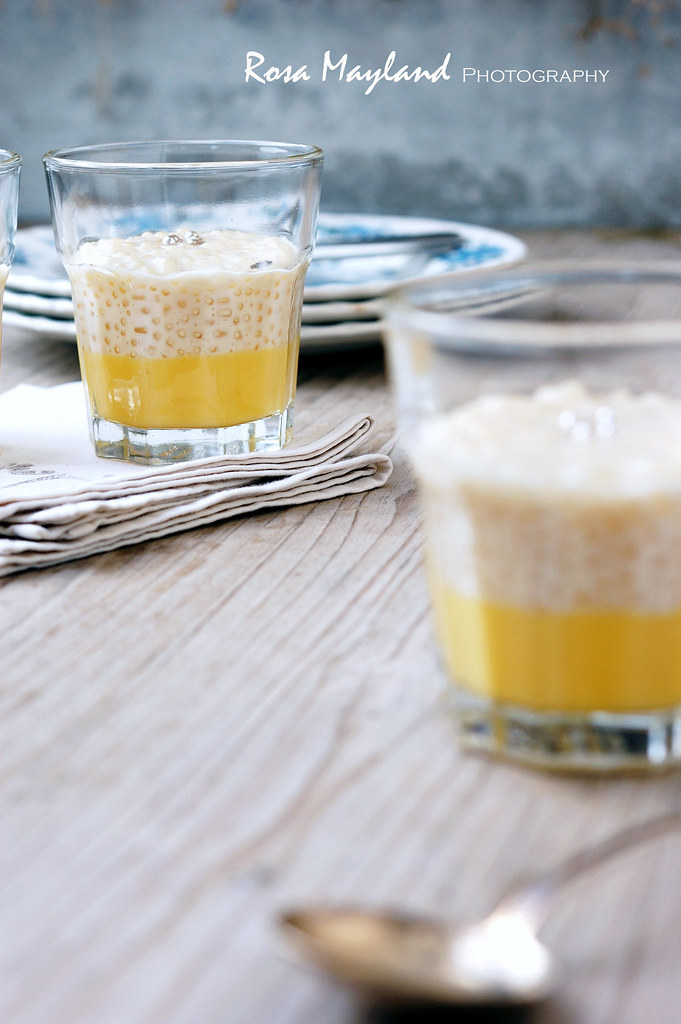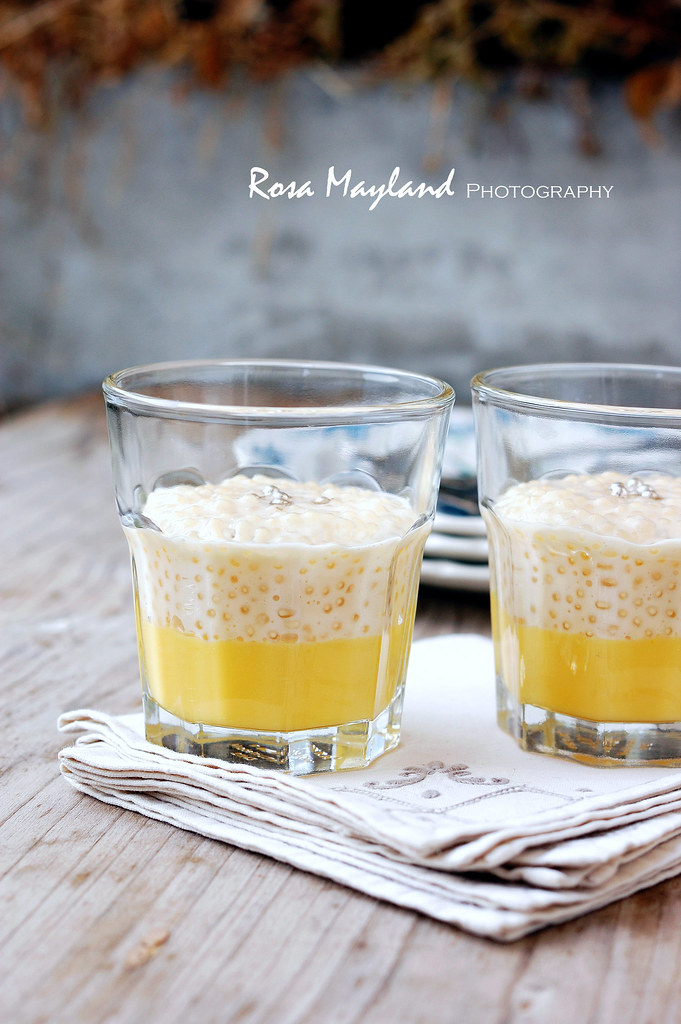If you are looking for festive recipe ideas, please make sure to check out this list.
Friday, March 29, 2013
Wednesday, March 27, 2013
BLACK AND WHITE WEDNESDAY #77 - WAITING FOR THE WARMER DAYS
- Minimal -
Picture taken in Troinex, Switzerland.
This picture was submitted to "Black & White Wednesday", an event created by Susan at "The Well-Seasoned Cook". It will be hosted on the 3rd of April by Haloo at "Cook Almost Anything" (click here in order to see who is hosting the next roundup).
Posted by
Rosa's Yummy Yums
41
Impressions
Friday, March 22, 2013
TWABAA OR ALGERIAN LEMON AND OLIVE OIL COOKIES FOR GREAT BRITISH CHEFS - TWABAA OU BISCUITS ALGÉRIENS À L'HUILE D'OLIVE ET AU CITRON
As Harold took a bite of Bavarian sugar cookie, he finally felt as if everything was going to be ok. Sometimes, when we lose ourselves in fear and despair, in routine and constancy, in hopelessness and tragedy, we can thank God for Bavarian sugar cookies.
- "Stranger Than Fiction" (2006)
Cookies (or biscuits, as they are commonly named in Great Britain) are comforting and versatile little baked gems that enlighten our day and offer us a unique gustatory experience. Because it comes in all shapes, colors, consistencies, flavors and
degrees of refinement, this extraordinary pastry is the ultimate snack food for
adults and children alike, one of the best gift items one can offer (when
homemade or artisanally produced, of course) and a quintessential part of any
teatime, coffee break or celebration.
Their universal popularity is undeniable and it is rare to find somebody who dislikes these flat, round, crispy and bite-sized cakes as they are incredibly appealing and virtually designed to please everyone. It makes perfect sense when you know that countless varieties are available around the world and that each country has its own word for this speciality (Kaak in Lebanon, Plätzchen or Keks in Germany, småkake in Norway, Galletas in Spain, Biscotti in Italy, Kurabiye in Turkey, Koekje in the Netherlands, etc...) as well as its own range of sweet or savory confections.
But, are you aware of their origins and the way they arrived in our latitudes? Well, cookies, as we acknowledge them nowadays*, saw the light of day in 7th century Persia (one of the first lands, after Bengal, to cultivate cane sugar and to use it as a common staple), were first brought to Medieval (14th century) Europe by the Muslim invaders and later to the Eastern Mediterranean and then to Northern Europe via the spice trade and the Crusaders who brought with them the cooking techniques and ingredients of Arabia. An extremely passionating topic as, once again, we realise how much our Western civilization owes to the East...
Having been precursors in this area, it is no wonder that the Middle East, Turkey and North Africa (mainly Algeria, Morocco, Tunisia and Egypt) produce some of the most pretty, tempting, exquisite and elegant cookies I have ever had the opportunity to savor. I am totally addicted to them as every bite you take puts you in a sensual trance and literally sends you to the heavens above.
After years of buying those ambrosial delicacies from gourmet stores, I have finally gathered enough courage to tackle the art of Arabic cookie-making at home and, until today, the results have been very encouraging, thus my Oriental baking repertoire is slowly, yet considerably widening.
This naturally leads me to speak about my recent culinary discovery: "Twabaa", a traditional Algerian cookie which reminds me a bit of "Pains d'Anis (Anise Biscuits)" from the canton of Fribourg in Switzerland (a childhood favorite of mine) and which has completely stolen my heart. With its exhaliratingly citrusy aromas, luxurious olive oil fragrance, homely looks, delightfully crispy exterior and pleasantly dry texture it is impossible to resist this luscious treat. As a matter of fact, these "Algerian Lemon And Olive Oil Cookies" taste so good that you'll keep coming for more!
* The sweet and rich ones, not the hard and dry wafer-like ones which existed before the second half of Middle Ages and which we now call crackers.
I am overjoyed and extremely thrilled to announce, I have been asked to write for Great British Chefs. It is a real honor for the proud half-British girl that I am to be a part of their team of collaborators!
You can find my recipe and article here, and if you have never heard of this lovely site, I highly encourage you to head over to Great British Chefs as the visit is definitely worthwhile!
Algerian Lemon And Olive Oil Cookies
Recipe freely adapted from "Recettes Gourmandes" and "Taste Of Beirut".
Makes about 30 cookies.
Ingredients:
3 Large eggs (~ 63g each)
1/2 Cup (105ml) Light olive oil
1 Cup (210g) Castor sugar
Zest of one organic lemon
1 1/2 Tsp Pure vanilla extract
2 1/2 Cups (320g) Unbleached all-purpose flour
1 Tsp Baking powder
A pinch of fine sea salt
1 Egg, beaten, for glazing
Extra castor sugar, for sprinkling
Method:
1. Preheat the oven to 180° C (350° F).
2. In a medium bowl, combine the flour, salt and baking powder. Set aside.
3. In the bowl of your stand mixer (using the whisk attachment), beat together the eggs and sugar for a few minutes or until thick, frothy and pale in color.
4. While beating, gradually add the oil, lemon zest and vanilla extract.
5. With the help of a spatula, incorporate the dry ingredients to the egg mixture until combined.
7. Place the dough balls on a baking sheet covered with parchment paper and poke in the middle with the handle of a wooden spoon (humidify it regularly so that it desn't stick to the dough) to form a hole that is about 1 1/2 cm/0.6in wide.
8. Brush the top of each cookie with the egg wash and sprinkle with the extra sugar.
9. Bake for 15 minutes or until the cookies are lightly golden.
10 Let cool on a wire rack.
Remarks:
You can replace the lemon zest with the zest of one organic orange and the vanilla extract with the same quantity of orange blossom water.
The cookies can be made ahead and stored in an airtight container in a cool place for up to 1 week.
Serving suggestions:
Serve with a cup of tea or coffee.
Biscuits Algériens À l'Huile d'Olive Et Au Citron
Recette librement adaptée de "Recettes Gourmandes" et de "Taste Of Beirut".
Pour environ 30 biscuits.
Ingrédients Pour Les "Biscuits":
3 Gros oeufs (~ 63g chacun)
105ml d'Huile d'olive légère
210g de Sucre cristallisé
Le zeste d'un citron bio
1 1/2 CC d'Extrait de vanille pure
320g de Farine blanche
1 CC de Poudre à pâte/lever
Une pincée de sel de mer fin
1 Oeuf, battu (pour le glaçage)
Sucre cristallisé (pour saupoudrer)
Méthode:
1. Préchauffer le four à 180 ° C.
2. Dans un bol moyen, mélanger ensemble la farine, le sel et la poudre à lever. Mettre de côté.
3. Dans le bol d'un batteur sur socle (en utilisant le fouet), battre ensemble les oeufs et le sucre jusqu'à ce que le mélange ait une couleur pâle et une consistance épaisse ainsi que mousseuse.
4. Tout en continuant de battre le mélange, ajouter graduellement l'huile, le zeste de citron et l'extrait de vanille.
5. A l'aide d'une spatule, incorporer les ingrédients secs au mélange d'oeufs jusqu'à obtention d'une consistance homogène.
6. En utilisant une cuillère à soupe, prélever des morceaux de pâte faisant exactement le même poids (20g). Ensuite, mouiller légèrement vos mains et former des boules.
7. Placer les boules de pâte sur une plaque à pâtisserie recouverte de papier sulfurisé. Enfoncer au milieu de chaque boule le manche d'une cuillère en bois au préalable humidifié (pour qu'il ne colle pas) et tourner pour agrandir le trou (environ 1 1/2 cm de diamètre).
8. Badigeonner le dessus de chaque biscuit avec l'œuf battu et saupoudrer avec le sucre.
9. Cuire au four pendant 15 minutes ou jusqu'à ce que les biscuits soient légèrement dorés.
10 Laisser refroidir sur une grille.
Remarques:
Le zeste de citron peut être remplacé par le zeste d'une orange bio et l'extrait de vanille par la même quantité d'eau de fleur d'oranger.
Conserver les biscuits dans une boîte hermétique, pendant pas plus d'une semaine.
Suggestions d'accompagnement:
Servir avec une tasse de thé ou de café.
Posted by
Rosa's Yummy Yums
92
Impressions
at
12:00 PM
Labels:
Algeria,
Algerian Cuisine,
Baking,
Cookies,
Great British Chefs,
Lemon,
North African Cuisine,
Olive Oil,
Sweet


Wednesday, March 20, 2013
BLACK AND WHITE WEDNESDAY #76 - A DELICACY FROM FAR AWAY LANDS
- Oh, Oriental Cookies, How I Love Thee! -
This picture was submitted to "Black & White Wednesday", an event created by Susan at "The Well-Seasoned Cook" and which will be hosted by herself on the 27th of March (click here in order to see who is hosting the next roundup).
Recipe soon to follow...
Posted by
Rosa's Yummy Yums
39
Impressions
Friday, March 15, 2013
HERITAGE CHALETS & THE SIMMENTALER HOUSE TRAIL
- Wood With A Histoty -
- Facade Painting Representing A Hunter -
- Front Of The House And More Paintings -

- Pannel Reads:
Chalet "Jägerhaus (Hunter's House)" built in 1774 and renovated in 1968/ Early Simmentaler Painting-Style -

- Mountain Pasture Chalet -

- Pinewood Beam -
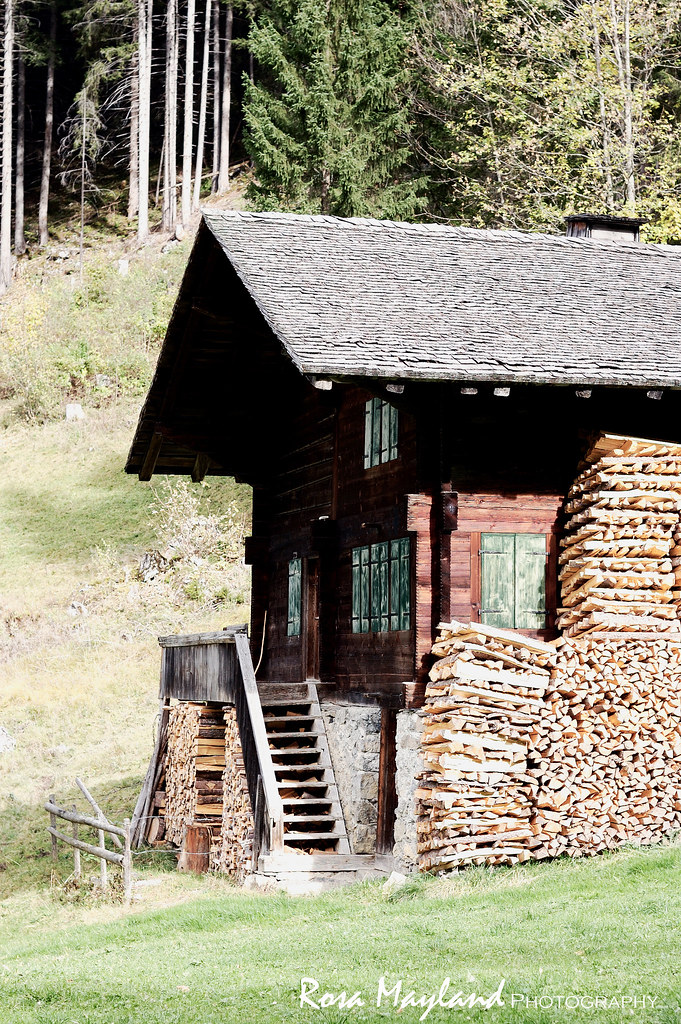
- Mountain Chalet: Closed For The Season -

- Pannel Reads:
Chalet "Jägerhaus (Hunter's House)" built in 1774 and renovated in 1968/ Early Simmentaler Painting-Style -

- Mountain Pasture Chalet -

- Pinewood Beam -

- Mountain Chalet: Closed For The Season -
The picturesque Simmen Valley is not only renown for its stunning landscapes, rolling hills, imposing mountains, verdant green pastures, thousands of cows grazing in the flowered meadows, flavorful cheeses and ski resorts, but it also gets its notoriety from the breathtakingly beautiful ancient houses situated all along the (Ober)Simmental House Trail.
As a matter of fact, the region is strewn with luxurious chalets dating back as far as the 15th century. With their unique and fascinating high standard of carpentry, architectural feats and refined facade paintings, those massive and harmonious pinewood buildings are a testimony of the wealth brought by mountain farming and are quite a sight too. So remember to visit the area if you ever come to Switzerland as it is well worth the detour!
Posted by
Rosa's Yummy Yums
69
Impressions
Wednesday, March 13, 2013
BLACK AND WHITE WEDNESDAY #75 - RUSTIC & BUCOLIC
- Farm Chalet, Berner Oberland -
This picture was submitted to "Black & White Wednesday", an event created by Susan at "The Well-Seasoned Cook". It will be hosted on the 20th of March by Lynne at "Cafe Lynnylu" (click here in order to see who is hosting the next roundup).
Posted by
Rosa's Yummy Yums
37
Impressions
Friday, March 8, 2013
WAITING FOR SPRING... HONEYED TAPIOCA AND ORANGE CURD PUDDINGS - PUDDINGS DE TAPIOCA AU MIEL ET À L'ORANGE CURD
To be interested in the changing seasons is a happier state of mind than to be hopelessly in love with spring.
- George Santayana
If we had no winter, the spring would not be so pleasant: if we did not sometimes taste of adversity, prosperity would not be so welcome.Being someone who tends to feel easily stressed out about nothing and overwhelmed by upsetting situations, I guess it will not come as a revelation if I told you that, very much like cats, I am a creature of habit with little taste for radical or excessive change. Hence, I need stability and don't mind repetitiveness as it gives me a sense of comfort, security and it lets me achieve a certain control over life and helps me focus on what is important.
- Anne Bradstreet
Of course, adding small amounts of variation to our routine isn't all that bad as it forces us to explore different horizons, take risks and open up to new experiences. Those unforseen events add some contrasting spice to our existence and are a welcome wake-up call when things are getting far too cozy and dangerously monotonous. At the end, it's all a question of finding the right balance between solacing permanence and refreshing novelty - too much of one or the other can be harmful to us.
Well, the same can be said about seasons. Imagine how insipid, boring and sad our days would be without weather fluctations, the perpetual transition of cycles and earth's ever-permutating rhythms. Although, each of us always finds a reason to moan about spring, summer, autumn or winter, I'm pretty sure we'd all go ballistic and suffer from severe depression if it would be Disney-like sunny and warm all the time or if our table was graced week after week with the same vegetables and fruits. Time would seem endless and we'd miss out on the best nature has to offer: the constant and spellbinding metamorphosis of our environment. Simply inconceivable for a lover of climate and agricultural variety like me.
This year, October, November, December, January and Febraury have been wonderfully wintry and extremely generous in snow. I've had a blast walking through the frosty, white and surreal looking countryside surrounding Geneva and I've thouroughly enjoyed staying at home doing some cocooning, but lately, I have grown tired of Jack Frost's icy embrace and now dream of admiring the verdant green scenery during my weekly strolls and fantasize about sitting on the balcony, sipping on a cup of coffee while listening to the mad chirp of sparrows. Besides, I can hardly wait to eat ramsons/ramps, fresh garlic, asparagus, baby carrots, fava beans, rhubarb and strawberries again.
Now that February is behind us and the vernal equinox is approaching, excitement is in the air and people as well as animals are starting to become fidgety. After a long period of cold and dullness, everybody is ready to welcome spring - our savior - with open arms and there's not one living soul who isn't relieved to finally be able to soon turn the page on all the gloom and inclemency of the last months.
Aaahhh, there's nothing quite like getting caressed by the soft rays of the Easter sun, squinting against the bold late March light, relishing the warm April breeze, experiencing a slight gust of grassy air, being deafened by the enthusiastic carol of the birds and blinded by the flowers in bloom!
So while impatiently waiting for the magical transition to take place and heavy rain replaces snow as Switzerland's landscapes turn brown, I keep myself busy and sane with cooking activities. Within the walls of my humble, yet snug kitchen numerous heartwarming delicacies are created and nothing can affect me - not even the gloom outside; a little corner of paradise and epicurean lair where I can forget about the greyness of the skies above, the ugliness of certain people and leave my fears, worries as well as troubles behind...
Last Saturday, after visiting my favorite Asian supermarkets (Asia Store & Thu Hang in Pâquis, Geneva - for addresses check out this link) and buying a shipload of food (noodles, condiments, sauces, spices, tofu, pastries, etc...), I decided to revisit a childhood classic and prepare a healthy dessert with the tapioca pearls I purchased there and some leftover Tarocco oranges I had in my fruit basket. The result was incredibly pleasing and even P. loved my "Tapioca And Orange Curd Puddings" despite his aversion to this cassava speciality and its weirdly chewy texture.
Those elegant Maroccan flavored verrines are delightfully refreshing, voluptuously creamy, exquisitely fragrant, zestfully citrusy and magnificently balanced with the slight sharpness of the orange curd. An exceptionally good, refined and gluten-free treat which will rejoice tapiocaphiles and tapiocaphobics alike!
Honeyed Tapioca And Orange Curd Puddings
Recipe by Rosa Mayland, March 2013.
Makes 6 verrines.
Ingredients For The "Orange Curd":
220ml Freshly squeezed orange juice (Tarocco)
1 Tbs Lemon juice
110g Castor sugar
2 Eggs
1 Tbs Cornflour
2 Tbs Unsalted butter
Ingredients For The "Tapioca Pudding":
3/4 Cup (120g) Small pearl tapioca
1 3/4 Cups (420ml) Milk
1/2 Cup (120ml) Water
1/3 Cup (115g) Light runny honey
1 Tsp Orange blossom water (optional) or pure vanilla extract
Method For The "Orange Curd":
1. In a medium pan, combine all the ingredients together.
2. Put over medium heat and stir constantly until the mixture thickens (custard-like consistency).
3. Remove from the heat and whisk in the butter.
4. Pour equal quantities of the curd into the verrines and let cool while you prepare the tapioca.
5. In a large saucepan, combine the tapioca, milk, honey and orange blossom water (or vanilla extract) over medium high heat.
6. Bring to a boil, then reduce the heat to low.
7. Let the mixture cook until the tapioca looks translucent and the pearls are chewy in texture, about 20-30 minutes.
8. Let cool to room temperature, stirring occasionally and divide in between the verrines with the orange curd. Refrigerate the puddings.
9. Just before serving, top with chopped nuts or decorative sugar.
Remarks:
You can also make orange curd with Moro or Navel oranges or just replace the orange curd by any other curd of your choice (lemon, rhubarb, strawberry, raspberry, etc...).
If you want your tapioca puddings to be a little richer, then replace the water by single or double cream.
Serving suggestions:
Serve as dessert or as afternoon treat with some jasmine tea.
Puddings De Tapioca Au Miel Et À l'Orange Curd
Recette par Rosa Mayland, Mars 2013.
Pour 6 verrines.
Ingrédients Pour "l'Orange Curd":
220ml de Jus d'orange (Tarocco) fraîchement pressé
1 CS de Jus de citron
110g Sucre cristallisé
2 Oeufs
1 CS de Maïzena
2 CS de Beurre non-salé
Ingrédients Pour Le "Pudding De Tapioca":
120g (3/4 tasse) de Tapioca (perles du Japon)
420ml de Lait
120ml d'Eau
115g de Miel clair liquide
1 CC d'Eau de fleur d'oranger (facultatif) ou d'extrait de vanille pure
Méthode Pour "l'Orange Curd":
1. Dans une casserole moyenne, mélanger tous les ingrédients ensemble.
2. Faire chauffer à feu moyen et remuer constamment jusqu'à ce que le mélange épaississe (il doit avoir la consistance d'un custard).
3. Retirer du feu et incorporer le beurre.
4. Verser le curd (en quantités égales) dans le fond des verrines et laisser refroidir pendant que vous préparez le pudding.
5. Dans une grande casserole, mélanger ensemble le tapioca, le lait, le miel et l'eau de fleur d'oranger (ou la vanille), puis faire chauffer à feu moyennement élevé.
6. Porter à ébullition et réduire la température.
7. Faire cuire à feu doux jusqu'à ce que le tapioca soit translucide et que les perles soient tendre, pendant environ 20-30 minutes.
8. Laisser refroidir à la température ambiante, en remuant de temps en temps et verser dans les verrines (sur l'orange curd et en quantités égales). Réfrigérer les puddings.
9. Juste avant de servir, garnir de noix hachées ou de sucre décoratif.
Remarques:
Vous pouvez également fabriquer votre orange curd avec des oranges Moro ou Navel, ou bien tout simplement remplacer l'orange curd par le curd de votre choix (citron, rhubarbe, fraise, framboise, etc ..).
Si vous voulez que votre pudding au tapioca soit un peu plus riche, remplacez l'eau par de la crème légère ou double.
Idée de présentation:
Servir pour le dessert ou à l'heure du goûter avec du thé au jasmin.
Posted by
Rosa's Yummy Yums
98
Impressions
at
5:15 PM
Labels:
Desserts,
Honey,
Milk,
Orange Blossom Water,
Orange Curd,
Oranges,
Photography,
Pudding,
Sweet,
Tapioca,
Verrines


Wednesday, March 6, 2013
BLACK AND WHITE WEDNESDAY #74 - PUDDING IS IN THE AIR
- Pretty Verrines -
This picture was submitted to "Black & White Wednesday", an event created by Susan at "The Well-Seasoned Cook". It will be hosted on the 13th of March by Cinzia at "Cindystarblog" (click here in order to see who is hosting the next roundup).
Posted by
Rosa's Yummy Yums
41
Impressions
Friday, March 1, 2013
A SCENIC WALK ON THE BETELBERG MOUNTAIN - PART II
Posted by
Rosa's Yummy Yums
69
Impressions
at
5:15 PM
Labels:
Berner Oberland,
Bernese Oberland,
Betelberg,
Leiterli,
Lenk,
Mountains,
Photography,
Switzerland


Subscribe to:
Posts (Atom)
